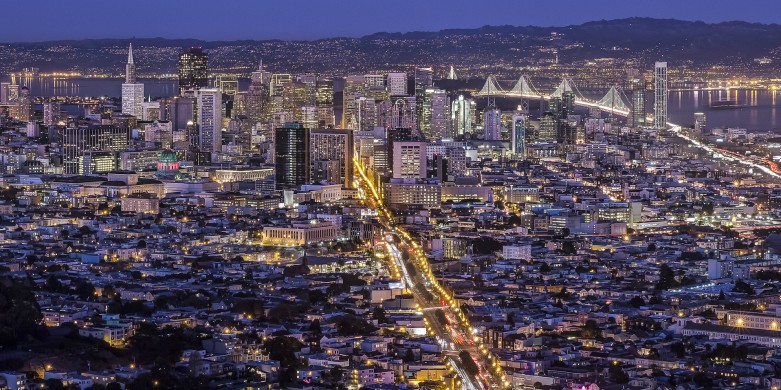
New Initiatives Aim to Bridge San Francisco’s Digital Divide
Mark Farrell represents District 2 on the San Francisco Board of Supervisors. Guest posts do not necessarily reflect the views of Free Press or the Free Press Action Fund.
For the first time in San Francisco’s history, we’ve been able to put a hard number to the digital divide that exists in the city.
A new city report shows that approximately 100,000 San Franciscans lack Internet access at home, and close to 50,000 use sluggish dial-up connections — placing these residents at a severe disadvantage. The data show that the digital divide most affects people of color, seniors and those of lower socioeconomic status.
Here are some statistics from the report:
- Only 69 percent of San Francisco residents over the age of 65 have home Internet access vs. 96 percent under the age of 45.
- Only 68 percent of residents with less than a high school education have home Internet access vs. 94 percent of college graduates.
- 98 percent of households with incomes over $100,000 have home Internet access vs. 75 percent of households with incomes of less than $25,000.
- 90 percent of Caucasians and 89 percent of Asian/Pacific Islanders have home Internet access vs. 70 percent of African Americans and 84 percent of Latinos.
If it’s in government’s best interest to provide equal opportunity and equal access to advance the public good, then closing the digital divide and providing fast and affordable Internet access needs to be a top priority.
After this report was released, I called on our city’s budget and legislative analyst to produce a follow-up report that would detail the financial options and concrete steps needed to deliver gigabit Internet speeds to every resident and business in San Francisco. I requested analysis on three distinct pathways — a public option, a private option and a hybrid option — to achieving that goal.
The report will be released in mid-October, but we have seen some early results and patterns that provide some insight about the available options.
Expanding a broadband network using public resources in a city of San Francisco’s size and topography would be a massive financial undertaking. A private option also faces substantial barriers. But a hybrid approach — one where the city teams up with a private entity or entities — could potentially provide a path forward if we have the right partners and sufficient financial and public support.
Each option has its potential benefits and pitfalls, but for the first time San Francisco will have concrete numbers and plans it can draw on to realize its goal.
While expanding San Francisco’s broadband network is a significant undertaking that would occur over a number of years, there are policies and proposals we can implement today that will aid in the broadband expansion tomorrow.
One of the policies I will introduce at an upcoming Board of Supervisors meeting is a piece of “micro-trenching” legislation that will allow private entities to apply for permits to install small conduits within city streets and on the edges of sidewalks to house fiber-optic cabling. Micro-trenching expands and improves public broadband access and allows for cost-effective, quick deployment of fiber expansion with minimal disruption to street and roadway traffic.
San Francisco also needs to make future broadband expansion easier to implement and less expensive. I’m close to introducing legislation that will mandate that all new developments within San Francisco provide at least two fiber conduits to allow for potential public broadband expansion into such developments. This kind of approach has enabled cities like Santa Monica to significantly expand their broadband networks. Estimates have shown that placing fiber and conduits along with other capital projects and developments can save $30,000–100,000 per mile of fiber expansion.
We can’t move forward on projects and policies of this magnitude without significant public and institutional support. CivicMakers is one of the groups here in San Francisco that has helped provide both. The group first came together with a vision and mission to provide a space for elected officials, government staff, civic technologists and residents of all stripes to work on the most pressing issues of the day. One of the group’s goals is to close the digital divide.
Tonight CivicMakers is hosting a free event focused on organizing to achieve that goal. I will participate in a panel discussion along with San Francisco Chief Innovation Officer Jay Nath, California Public Utilities Commissioner Catherine Sandoval, and Orange Chairman and CEO Stephane Richard.
There is much more work to do to realize our vision of San Francisco becoming a “gigabit city” that provides fast and affordable Internet access to every resident and business citywide. If you live in the area, join us this evening and get in on the ground floor.
Original photo by Flickr user Sam Gao